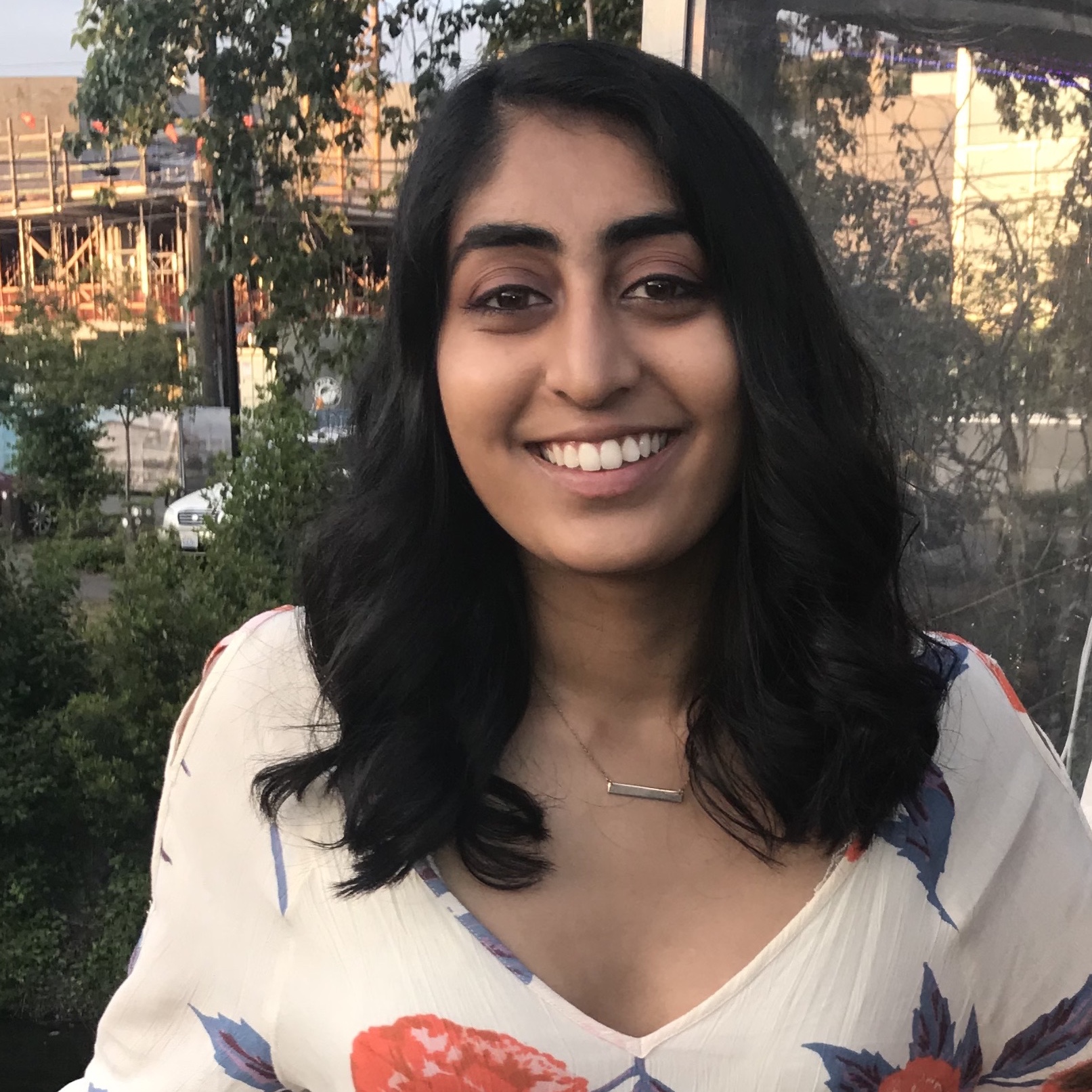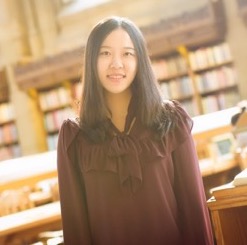Meet the Team

Haley Ruth
Senior UndergraduateComputer Engineering

Laura DeBoldt
Junior UndergraduateComputer Science

Aishu Murari
Junior UndergraduateComputer Science

Max Kern
Senior UndergraduateComputer Science

Jingjing Bu
2nd Year Master’sLandscape Architecture
Urban Planning & Design